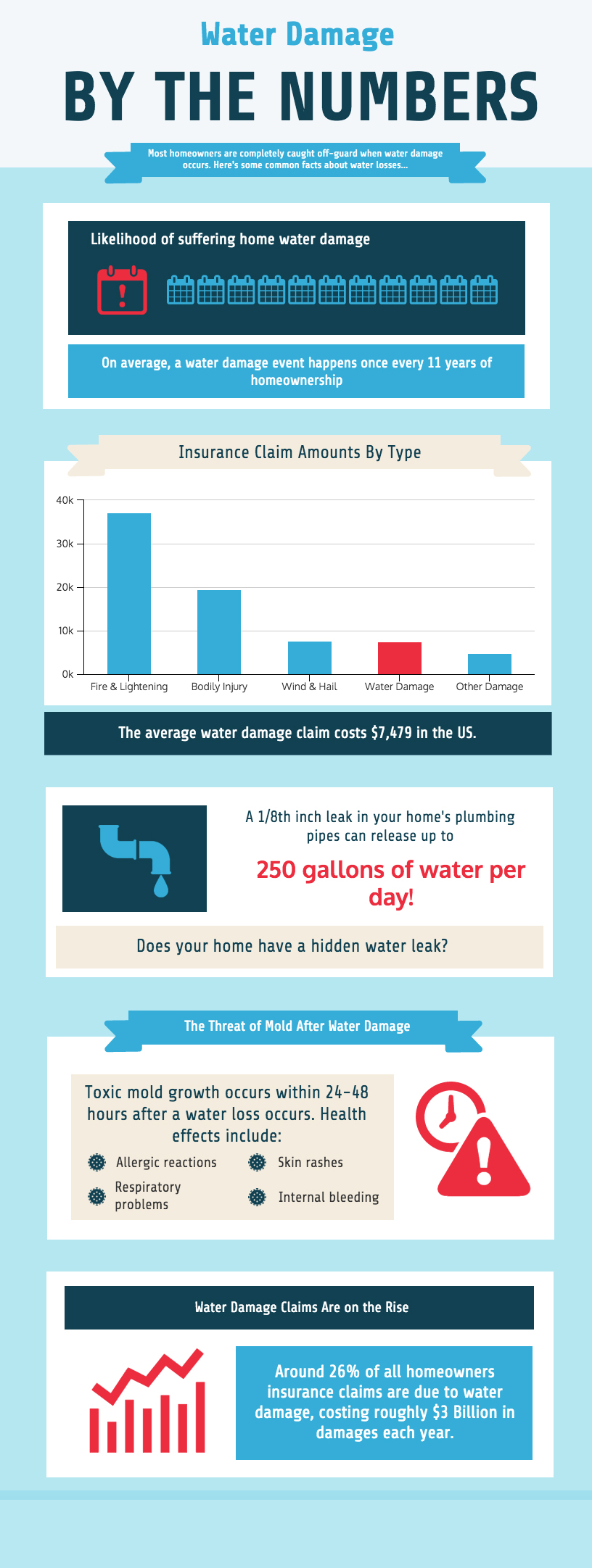Contrasting Photovoltaic Panel Types: Which Is Best For Your Home?
Contrasting Photovoltaic Panel Types: Which Is Best For Your Home?
Blog Article
Material Create By-Martin Calhoun
When it comes to choosing the ideal photovoltaic panels for your home, the options can be frustrating. Each kind uses distinctive benefits and compromises, making it critical to identify which aspects straighten best with your goals. Whether your focus is on performance, cost-effectiveness, or aesthetic appeals, there's a photovoltaic panel type that can cater to your demands. So, before you decide, consider the essential aspects that will affect your solar power system's performance and suitability for your home.
Monocrystalline Solar Panels
When considering solar panels, you may find monocrystalline solar panels. These panels are understood for their high performance rates because of their construction from a single continuous crystal structure. This design permits monocrystalline panels to perform much better in low light problems compared to other kinds of photovoltaic panels. In addition, their sleek black appearance makes them a prominent selection for residential installments, blending in flawlessly with most roofs.
One key benefit of monocrystalline solar panels is their room effectiveness. https://www.barrons.com/articles/us-energy-revolution-stocks-that-benefit-51669240957 need less area to produce the very same quantity of electricity as other photovoltaic panel kinds, making them perfect for homes with restricted roofing system area.
While monocrystalline panels have a tendency to be extra costly ahead of time, their long-lasting toughness and efficiency typically make them an affordable investment in the realm of solar energy. If you focus on effectiveness and aesthetic appeals in your photovoltaic panel option, monocrystalline panels could be the best option for your home.
Polycrystalline Solar Panels
Polycrystalline photovoltaic panels, also referred to as multicrystalline solar panels, supply an alternative option to monocrystalline panels. These panels are made from silicon crystals that are melted together, producing a less uniform appearance contrasted to monocrystalline panels.
One of the crucial advantages of polycrystalline panels is their reduced production price, making them a much more economical option for house owners seeking to buy solar energy.
While polycrystalline panels may have a somewhat lower performance price compared to monocrystalline panels, they still provide a dependable and cost-effective way to produce solar energy for your home. https://shaneiosxb.tkzblog.com/29197308/submerse-on-your-own-in-the-landscape-of-solar-rewards-and-learn-just-how-to-access-financial-savings-that-will-happily-astonish-you execute well in heats and are a resilient selection for a selection of climates.
If you have a larger roof covering area and are wanting to optimize your power manufacturing without breaking the financial institution, polycrystalline panels could be the ideal selection for you.
When considering solar panel options for your home, it's necessary to consider the cost-effectiveness and performance of polycrystalline panels versus your power demands and budget plan constraints.
Thin-Film Solar Panels
Moving on to Thin-Film Solar Panels, these panels supply an unique option to standard silicon-based options like polycrystalline panels. Thin- https://solar-panel-micro-inverte98652.jaiblogs.com/56265912/take-a-much-deeper-dive-into-the-crucial-elements-shaping-your-solar-journey-prices-service-warranty-and-solution are lightweight and flexible, making them simpler to install on different surface areas like rounded rooftops or wall surfaces. They're also extra visually pleasing, blending in effortlessly with the design of your home.
However, best solar companies to work for to keep in mind that thin-film panels generally have reduced effectiveness rates compared to crystalline silicon panels. This suggests you may require more room to generate the exact same quantity of power.
On the bright side, thin-film panels perform far better in low-light problems and have a reduced temperature coefficient, indicating they can generate more power on warm days. If you have sufficient area and are searching for a functional and visually attractive photovoltaic panel option, thin-film panels could be an excellent selection for your home.
Conclusion
Finally, when choosing the very best photovoltaic panel type for your home, consider your power requires, budget, and room constraints. Monocrystalline panels supply high effectiveness in minimal area, while polycrystalline panels use an affordable option with reputable performance. Thin-film panels offer versatility and aesthetic allure yet may have reduced effectiveness rates. By considering these factors, you can pick the photovoltaic panel type that ideal fits your certain demands.
